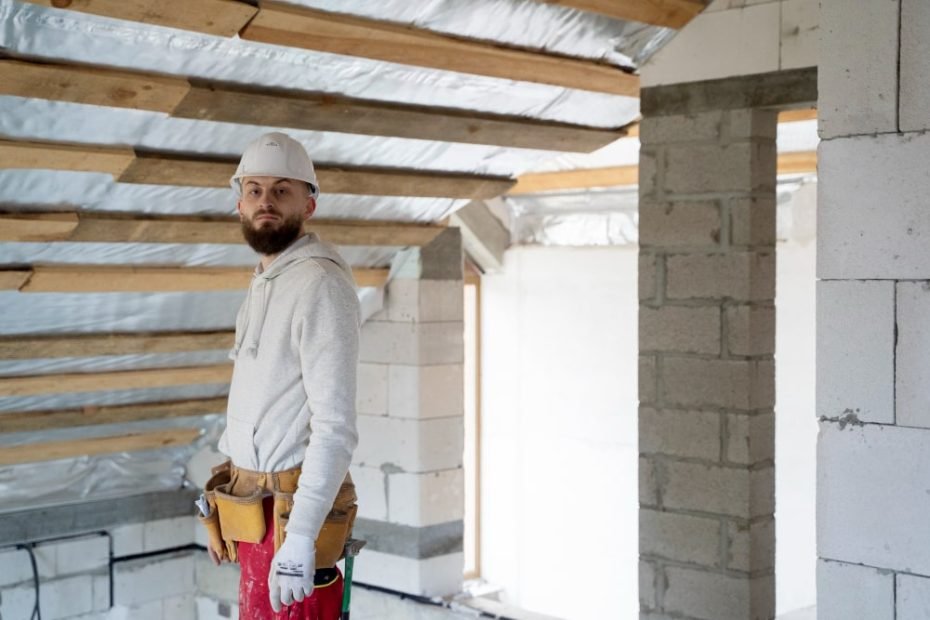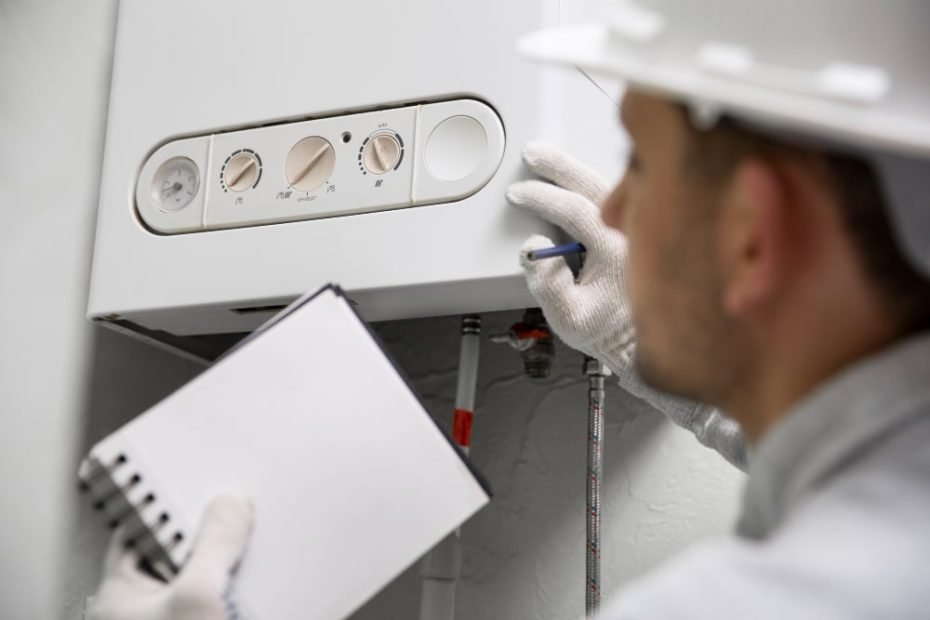Do you know how to install Loft Insulation?
One of the most economical ways to lower heat loss and your heating bills is to install loft insulation. However, proper installation is required for the insulation to be effective. Understanding Loft Insulation Options There are various methods to insulate a loft, each differing in cost, effectiveness, and installation complexity. While most loft insulation materials are best handled by professionals, blanket insulation presents a feasible DIY option, especially for those on a tight budget. We’ll explore loft insulation options, discerning which are suitable for DIY and how to install them if you choose to do so. Considerations for DIY Installation Deciding on DIY insulation installation requires careful consideration, as poorly installed insulation may lead to inefficiency and issues like condensation and damp. Factors such as the type of insulation material and your DIY proficiency should be weighed. While budget constraints may drive you towards DIY, intricate loft spaces or moisture problems can pose challenges. Suitable DIY Insulation Materials Blanket insulation, typically available in rolls or batts made of materials like fibreglass or sheep’s wool, is the most straightforward for DIY installation. Ensuring the insulation aligns flush with the joists is crucial for effectiveness. Inaccessible loft spaces may require professional installation using specialized materials like blown fibre insulation or spray foam. Step-by-Step DIY Installation Guide A step-by-step approach is advised for DIY loft insulation. Begin with a thorough inspection to identify any issues like rot or condensation. Clear the loft space and measure the floor area to determine the required insulation amount. Choose the appropriate insulation type and cut it to size if necessary. Install the insulation between joists, ensuring no gaps, and consider additional insulation for areas like the loft hatch and pipes to prevent freezing. Proper ventilation is essential to avoid damp issues. Considering Professional Assistance For warm roof insulation or complex installations, professional assistance may be necessary. Government grants are available for eligible households to offset insulation costs, emphasizing loft insulation due to its cost-effectiveness. Professional installers can typically complete loft insulation within a day, providing significant energy bill savings over time. Check Eligibility Apply Now Government Backed Scheme
Do you know how to install Loft Insulation? Read More »




